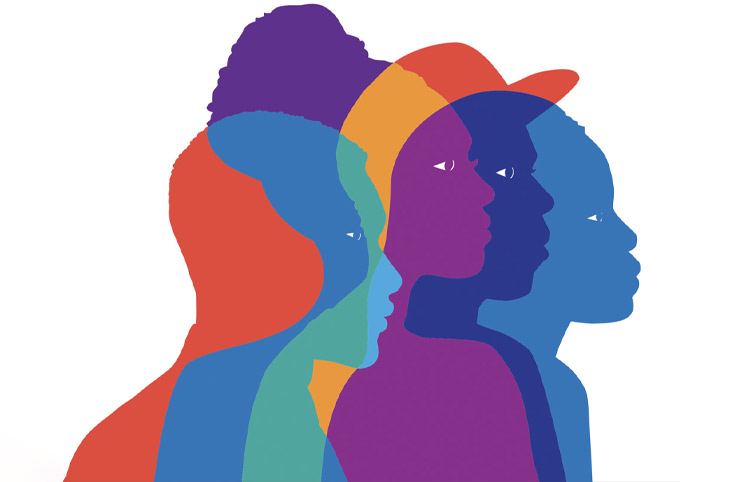The 21st century has brought about unique perspectives to the concept of beauty.
I. Introduction
- Hook: In today’s world, beauty is more than skin deep; it shapes perceptions and opportunities.
- Background: Brief overview of how beauty standards have evolved and their current status in the 21st century.
- Thesis Statement: The value of beauty in the 21st century remains significant as it influences personal identity, social interactions, and economic dynamics, despite arguments suggesting that it can perpetuate superficiality and discrimination.
II. Supporting View 1: Influence on Personal Identity
- Topic Sentence: Beauty plays a crucial role in shaping personal identity and self-esteem in the 21st century.
- Example 1: The impact of social media influencers on self-perception, such as the rise of body-positive influencers like Ashley Graham.
- Example 2: The cosmetic industry’s growth, exemplified by the global success of brands like Fenty Beauty, which promotes inclusivity and diversity in beauty standards.
- Analysis: Discuss how these examples show the importance of beauty in personal empowerment and confidence.
III. Supporting View 2: Economic Dynamics
- Topic Sentence: The beauty industry significantly contributes to the global economy, reflecting its value in contemporary society.
- Example 1: The booming beauty and skincare market, with companies like L’Oréal and Estée Lauder generating billions in revenue annually.
- Example 2: The influence of beauty standards on employment and marketing, as seen in industries like fashion and entertainment where appearance often correlates with success.
- Analysis: Examine how these economic factors underline the sustained relevance and value of beauty in modern times.
IV. Opposing View 1: Perpetuation of Superficiality
- Topic Sentence: Critics argue that an emphasis on beauty fosters a culture of superficiality and unrealistic expectations.
- Example 1: The negative psychological effects of photo-editing apps and filters, leading to issues like body dysmorphia and low self-esteem.
- Example 2: The proliferation of cosmetic surgeries, such as the rise in procedures among teenagers influenced by social media standards.
- Analysis: Discuss how these trends suggest that the pursuit of beauty can be harmful, promoting shallow values over substantive qualities.
V. Opposing View 2: Discrimination and Inequality
- Topic Sentence: The value placed on beauty can lead to discrimination and social inequality.
- Example 1: Workplace discrimination based on appearance, where attractive individuals are often preferred for jobs and promotions, creating a bias against those who don’t meet conventional beauty standards.
- Example 2: The beauty bias in media representation, where certain races and body types are underrepresented, perpetuating racial and body-image discrimination.
- Analysis: Explore how these examples highlight the negative consequences of beauty standards, reinforcing social hierarchies and exclusion.
VI. Conclusion
- Restate Thesis: While beauty holds significant value in the 21st century through its impact on identity, social interactions, and the economy, it also brings challenges such as superficiality and discrimination.
- Summary of Key Points: Recap the main supporting and opposing views discussed.
- Final Thought: Reflect on the need for a balanced perspective that acknowledges the positive aspects of beauty while addressing its potential drawbacks.

